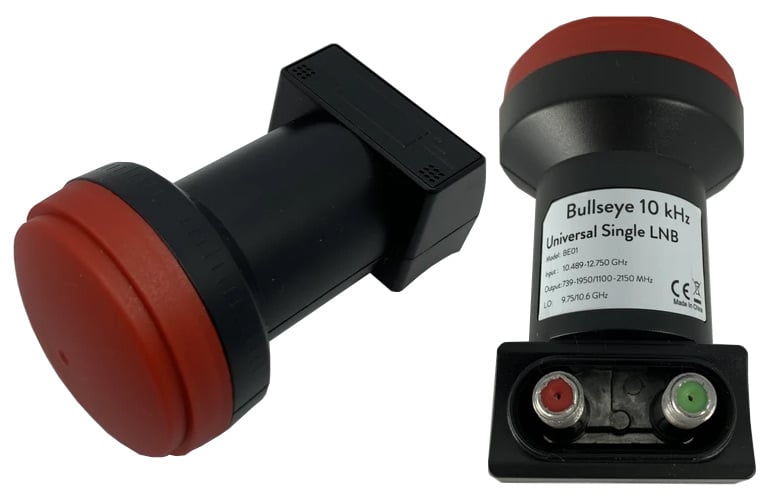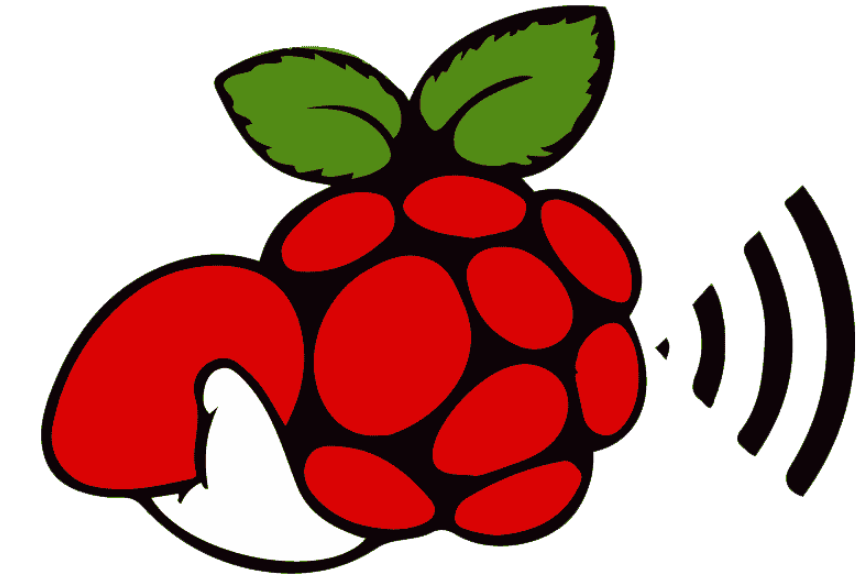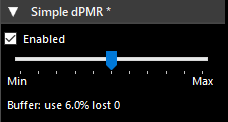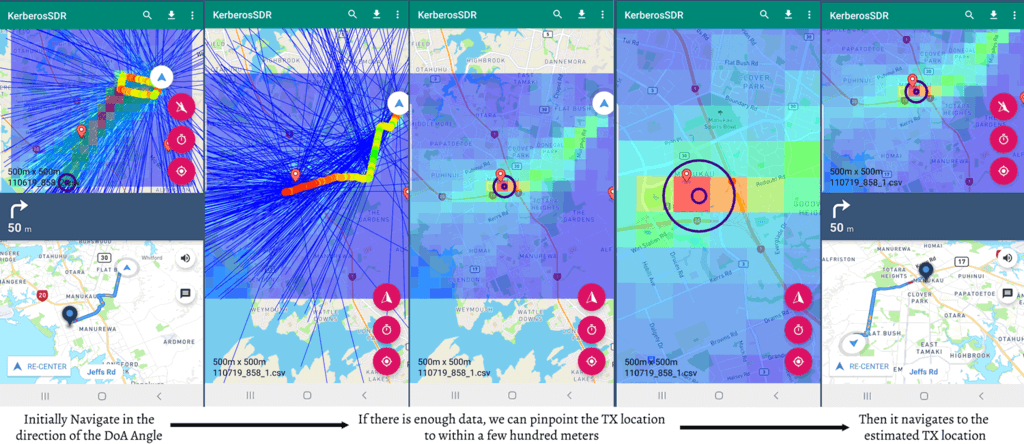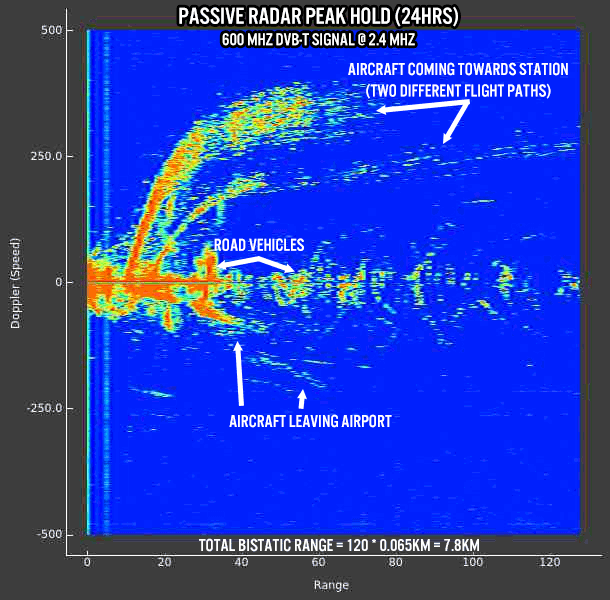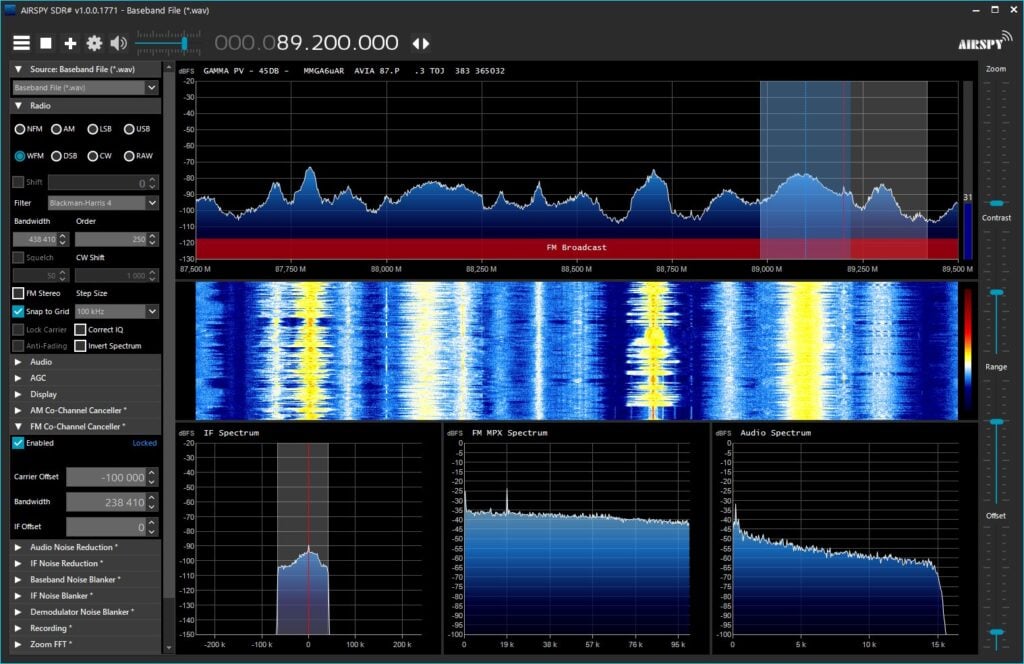Happysat Reviews the QO-100 Bullseye LNB
Thank you to Happysat for reviewing the QO-100 Bullseye LNB which we have available in our store, eBay and Aliexpress. The Bullseye LNB is an ultra stable TCXO (temperature compensated oscillator) based LNB which makes it very good at receiving the narrowband signals on the QO-100 amateur geostationary satellite.
Standard LNBs that are sometimes used for QO-100 are not designed for narrowband signals and hence do not have temperature compensated oscillator which can result in the signals drifting in frequency significantly as the ambient temperature fluctuates. Happysat also notes that the extra stability seems to have increased signal strength on the more wideband DATV reception as well.
First test's on Es-Hail Narrow SSB transponder compared to my old regular sat-tv LNB clearly is showing more signal stability overall.
It does need some time for both the tuner and LNB to get stable, but that's only a few minutes.
Weather conditions shows less "drifting" of the pll where the old LNB was very sensitive of temperature changes, clouds before the sun did have immediately effect on the signal stability.
Some days with storms reception was impossible on SSB Narrow band.
Winter is coming over here so it gets a lot colder and more storms, but I don't expect any problems with this LNB.
Wideband testing DATV reception also shows a more stable signal although its a wider signal then narrowband, it also did increase the signal, e.g. a signal lock happens much faster.
More information about Happysat's setup and his use of the Bullseye QO-100 LNB can be found on his QO-100 website.
Other reviews of the Bullseye LNB include a YouTube video from TechMinds and F4DAV's in depth review on his website.
